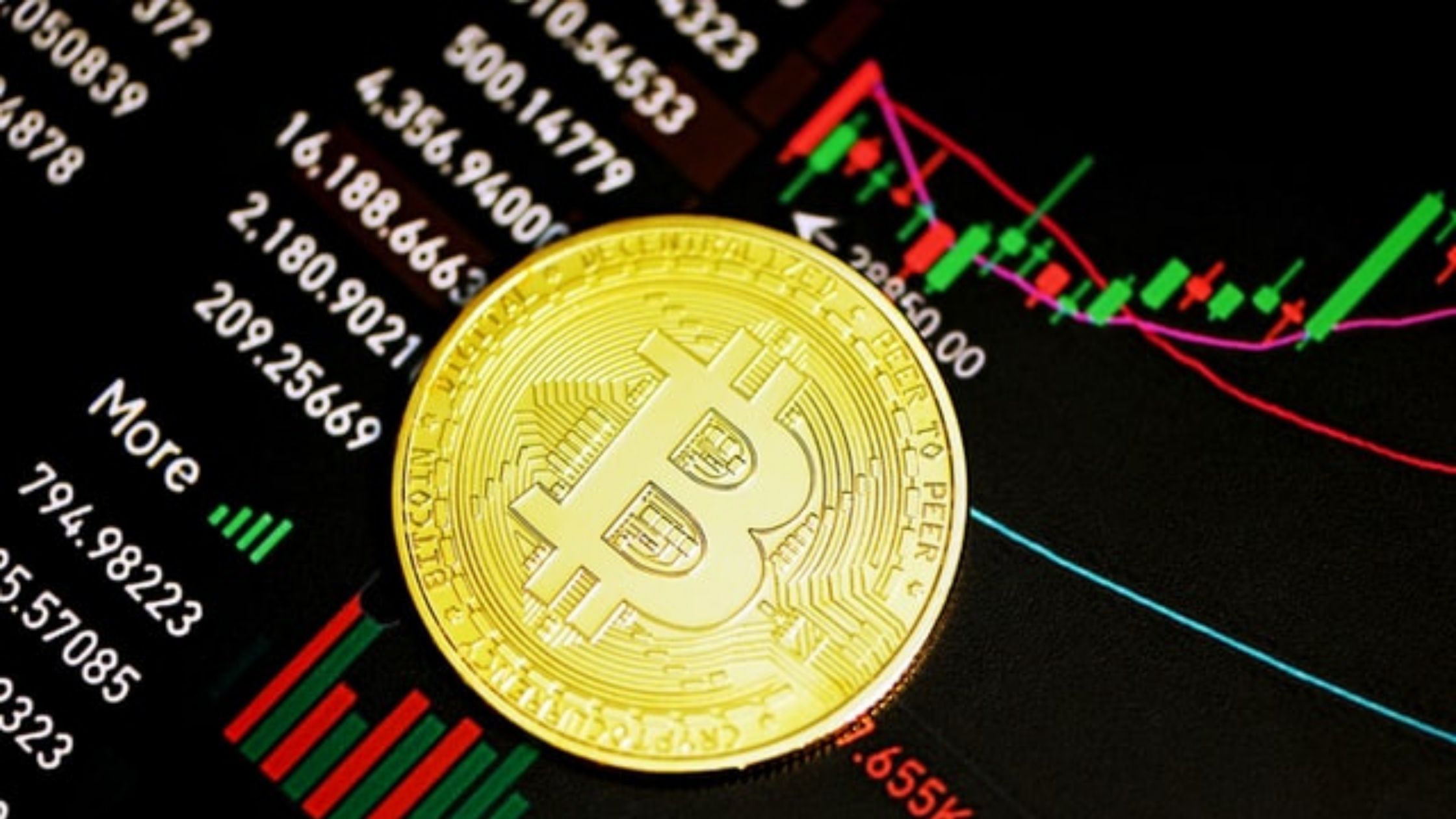The number of Bitcoin transactions has been on the rise in recent years, as more and more people adopt the digital currency as a medium of exchange, resulting in an increase in the volume of Bitcoin transactions at investing in crypto. This has led to congestion, with transactions taking hours to confirm in some cases.
One of the main solutions proposed by developers to address this issue is peer-to-peer technology, which allows several nodes to combine their resources so that blocks can be generated quicker and more transactions can be confirmed in one go.

Relation Between Bitcoins And Peer-To-Peer Technology
Bitcoins are actually digital currency units (abbreviated as BTC). Just like dollars, Euros or Pounds, bitcoins are not owned by a single entity. Rather, they are controlled by all bitcoin users around world. Unlike ordinary money, bitcoins have no physical existence. All transaction records are stored on huge database known as blockchain that contains complete record of all bitcoin account balances.
Blockchain functions as distributed database where new blocks are added to existing chain every 10 minutes. All block records contain transaction details such as sender addresses, recipient addresses and bitcoin value transferred during transaction.
Overview of Peer-To-Peer Technology
Peer-to-peer technology, also known as P2P, is a decentralized computer network. That means there are no dedicated servers or centralized control of data. The computers communicate directly with each other via a specialized software program that connects them. Peer-to-peer networks help distribute information quickly from person to person without any loss of bandwidth.
Peer-to-peer network refers to a network architecture where each node (or user) on a network can act as both a client and server. It also usually means that each of these nodes shares resources like processing power, bandwidth, storage capacity etc. Peers are fully equal participants in a P2P network; they are not necessarily more or less powerful than one another.
Functioning of Peer-To-Peer Technology
The bitcoin network doesn’t rely on centralized servers to process payments from one person to another. Instead, individuals running bitcoin software on their computers connect directly to each other through a network of bitcoin nodes. Transactions are verified by nodes based on a proof-of-work algorithm.
The system also checks for double spending, which occurs when someone sends money but also sends copies of that same money elsewhere. Nodes reject double spending by creating new addresses for every transaction from a single wallet, making those addresses harder to use over time. Each address can only be used once—and if a thief tries to use an address more than once, it won’t work anymore and they’ll get caught by other nodes.
Importance of Peer-To-Peer Technology
Peer-to-peer (P2P) technology, also known as distributed networking, has been around for years. Simply put, P2P networking involves two computers or devices sharing data without an intermediary service. In terms of transfer speed, P2P systems are faster than centralized methods; however, they are often less secure because each device relies on its own security.
The bitcoin system implements a public ledger that records all peer-to-peer exchanges between users by using blockchain technology. All users must download a full copy of all blocks in order to use bitcoin’s network efficiently.
Does Peer-to-peer Technology Improve Bitcoin Transactions?
Peer-to-peer (P2P) technology simplifies financial transactions between individuals by eliminating banks or other centralized authorities. The peer-to-peer network systems give users the option to do transfers of digital money without contacting any third party. Without a central authority, two individuals can make peer-to-peer (P2P) payments using bitcoins, with each user acting as both a merchant and a customer.
However, similar to an ordinary bitcoin transaction, P2P payments are not secure. Since they do not utilize centralized accounts, they are not covered by any service provider’s chargeback protection—meaning that when things go wrong there is no mediator involved to help resolve disputes between buyers and sellers.
Conclusion
Peer-to-peer technology has been around for many years, but has only recently become a significant part of Bitcoin. Peer-to-peer technology can also help increase privacy by making it harder for outside observers to track activity on the network. For these reasons, most users still prefer to use centralized services like exchanges or payment processors when they need to buy or sell bitcoins quickly.